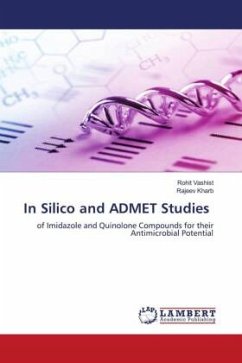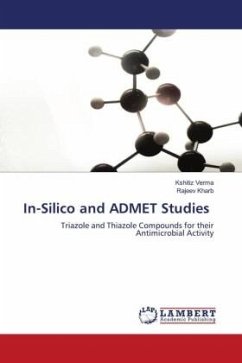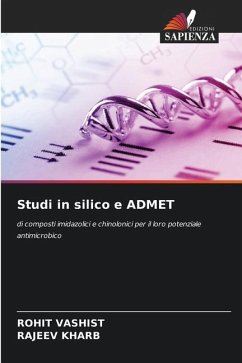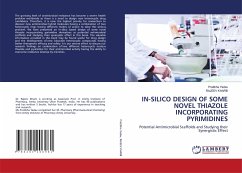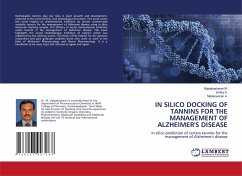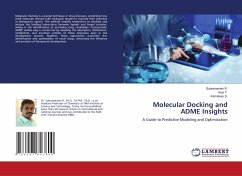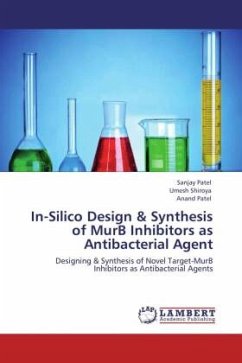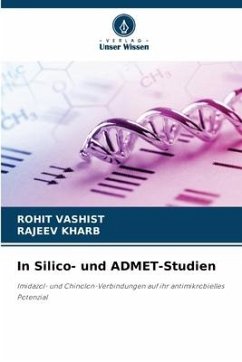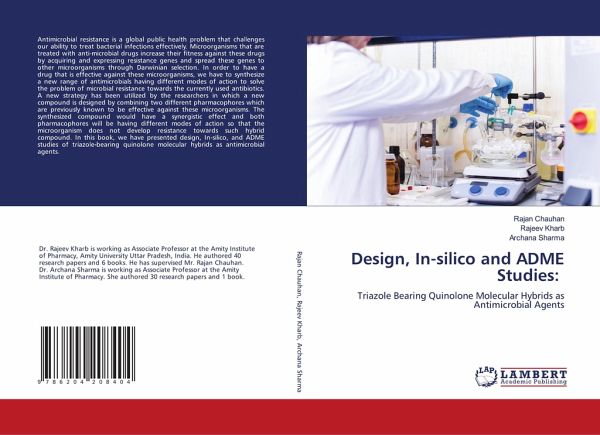
Design, In-silico and ADME Studies:
Triazole Bearing Quinolone Molecular Hybrids as Antimicrobial Agents
Versandkostenfrei!
Versandfertig in 6-10 Tagen
36,99 €
inkl. MwSt.

PAYBACK Punkte
18 °P sammeln!
Antimicrobial resistance is a global public health problem that challenges our ability to treat bacterial infections effectively. Microorganisms that are treated with anti-microbial drugs increase their fitness against these drugs by acquiring and expressing resistance genes and spread these genes to other microorganisms through Darwinian selection. In order to have a drug that is effective against these microorganisms, we have to synthesize a new range of antimicrobials having different modes of action to solve the problem of microbial resistance towards the currently used antibiotics. A new ...
Antimicrobial resistance is a global public health problem that challenges our ability to treat bacterial infections effectively. Microorganisms that are treated with anti-microbial drugs increase their fitness against these drugs by acquiring and expressing resistance genes and spread these genes to other microorganisms through Darwinian selection. In order to have a drug that is effective against these microorganisms, we have to synthesize a new range of antimicrobials having different modes of action to solve the problem of microbial resistance towards the currently used antibiotics. A new strategy has been utilized by the researchers in which a new compound is designed by combining two different pharmacophores which are previously known to be effective against these microorganisms. The synthesized compound would have a synergistic effect and both pharmacophores will be having different modes of action so that the microorganism does not develop resistance towards such hybrid compound. In this book, we have presented design, In-silico, and ADME studies of triazole-bearing quinolone molecular hybrids as antimicrobial agents.



